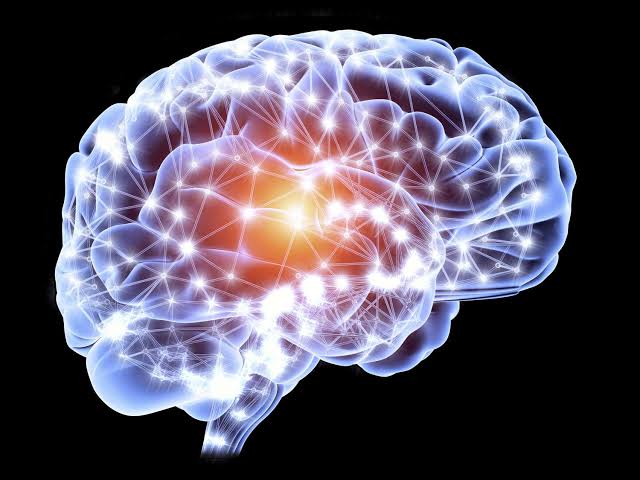Turner Syndrome: A Comprehensive Medical Overview

Introduction : Turner Syndrome is a chromosomal disorder that affects females, characterized by the partial or complete absence of the second sex chromosome. This condition has significant medical implications, impacting growth, fertility, and overall health. In this blog, we will delve into the medical aspects of Turner Syndrome, exploring its etiology, clinical manifestations, diagnosis, and management. By understanding this condition from a medical professional perspective, we can enhance our ability to provide comprehensive care for individuals with Turner Syndrome. Etiology: Turner Syndrome occurs due to the complete or partial absence of one of the X chromosomes in females. The most common karyotype observed in Turner Syndrome is 45,X, where one of the X chromosomes is missing. Other variations, such as mosaicism or structural abnormalities of the X chromosome, may also be present in some cases. The exact cause of Turner Syndrome is not fully understood, and it usually occu...






